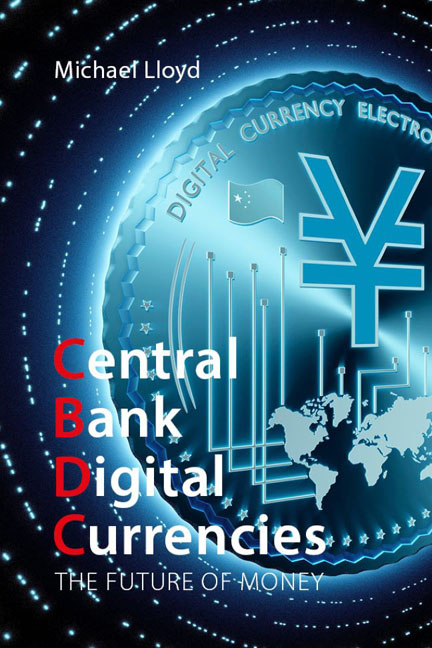Book contents
- Frontmatter
- Contents
- Introduction
- 1 Retail and wholesale CBDCs
- 2 Domestic monetary and legal implications
- 3 Technology
- 4 Impact on the commercial banking sector
- 5 The regional and international nexus
- 6 The future of money: the next decade
- Appendix 1 Retail CBDC case studies
- Appendix 2 Wholesale CBDC: cross-border examples
- References
- Index
6 - The future of money: the next decade
Published online by Cambridge University Press: 20 January 2024
- Frontmatter
- Contents
- Introduction
- 1 Retail and wholesale CBDCs
- 2 Domestic monetary and legal implications
- 3 Technology
- 4 Impact on the commercial banking sector
- 5 The regional and international nexus
- 6 The future of money: the next decade
- Appendix 1 Retail CBDC case studies
- Appendix 2 Wholesale CBDC: cross-border examples
- References
- Index
Summary
The nature and use of money in the economy and in society are essential aspects of how we live and work. Mostly, the structures that support the functions of money lie in the background of our lives, and we are largely unaware of the architecture underpinning the fundamental trust on which the provision and use of money depends. The private money in the UK issued by commercial banks, that we use in all our financial transactions, is necessarily anchored by the public guarantee of the Bank of England. This guarantee is only noticeable in a crisis (such as the run on the Northern Rock bank in 2008). The guarantee is necessary because for each loan and matching deposit issued by a commercial bank, there is a matching reserve at the central bank. The public money issued by the central bank in fiat money is the guaranteed numerical unit of account against which all other commodities may be valued. The unit of account is the bedrock of the economy. Whatever changes of the structure of the monetary system, the role of the central bank in providing this essential trust-anchor within monetary jurisdictions is essential to the continuous stability and trustworthiness of money. The lack of a corresponding role at global level is a gap that will eventually need to be filled rather than relying on any one national currency.
The proposed issuance of digital money directly to the general public (and to non-financial businesses) on demand, via retail CBDCs, should increase awareness of the financial and monetary architecture upon which the accepted provision and use of money depends. In the developed economies, the retail CBDC models likely to be adopted may not alter greatly the public's perception of the introduction of digital money as being from the central bank. Insofar as the digital money is likely to be in the “custodianship” of the commercial bank or financial intermediary, then the monetary architecture will remain obscured. Nonetheless, the digital money will be, as is cash, public money, issued with a direct claim on the central bank for its redemption. Indeed, if the indirect retail CBDC model is deployed then this position is further obscured in that the customer of the commercial bank will, as now with private money, have their claim for redemption made on the commercial bank, even though the CBDC digital money will be, strictly, public money.
- Type
- Chapter
- Information
- Central Bank Digital CurrenciesThe Future of Money, pp. 119 - 128Publisher: Agenda PublishingPrint publication year: 2023



